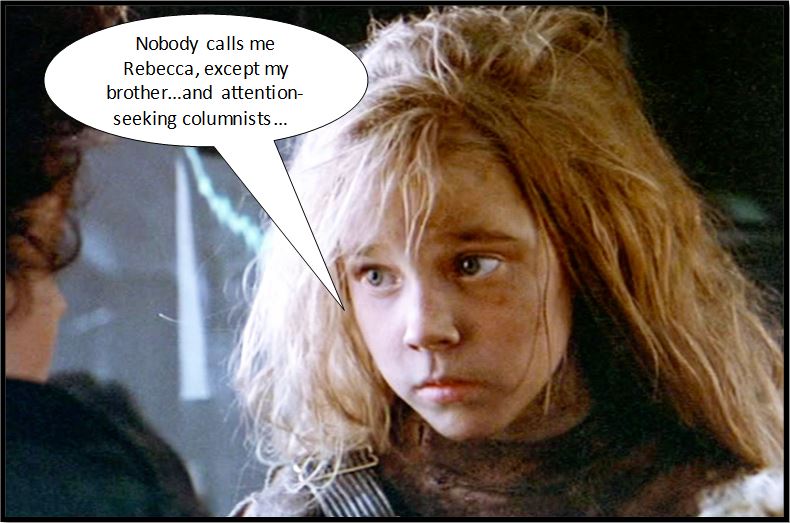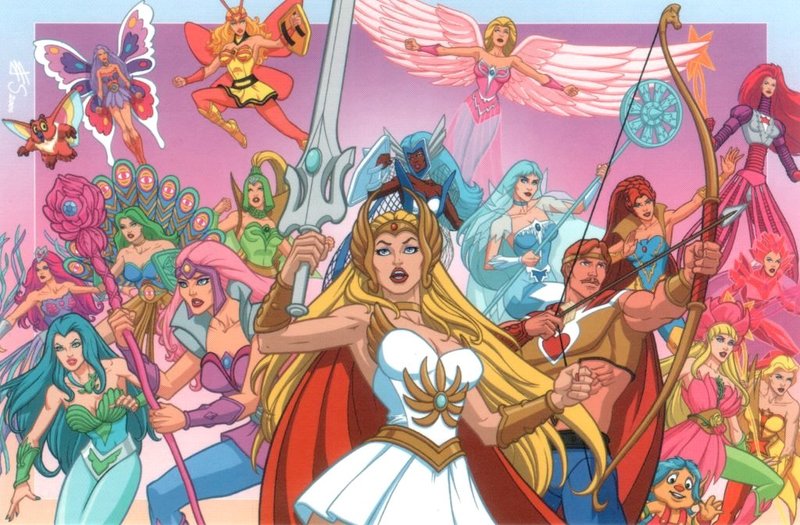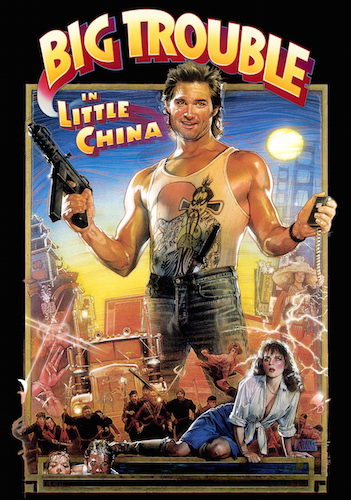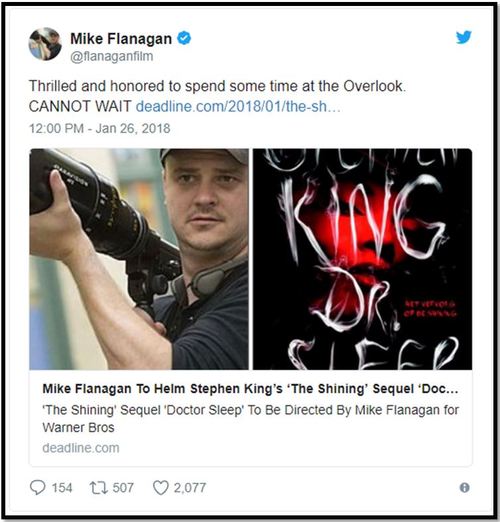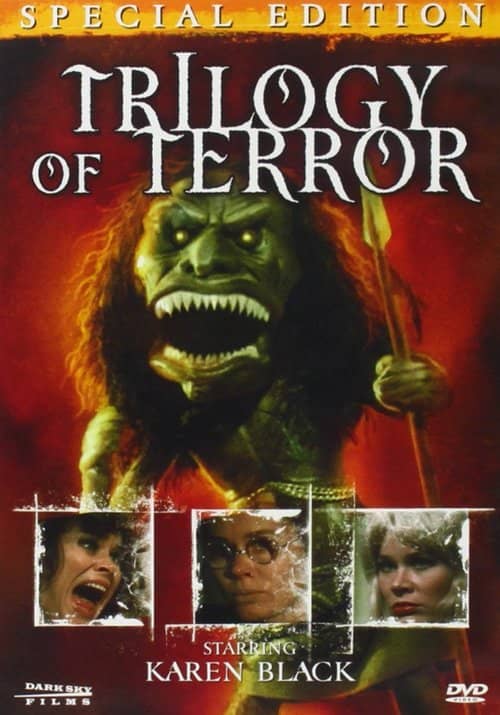The Black Panther’s Magical World of Wakanda
I watched Black Panther yesterday with my 13-year-old son and enjoyed it more than most superhero movies. Ant-Man and the first Iron Man movie usually top my charts for fun superhero movies. Wonder Woman (which I reviewed here) and then Captain America top the charts for me as superhero war movies. The Avengers and Guardians of the Galaxy and Justice League are too busy and quippy to have much emotional resonance after the popcorn is done. But Black Panther felt very different.
A big part of it was that Black Panther doesn’t spend a whole lot of time in places we know. Sure, there’s a great sequence in Busan, South Korea, but most of it takes place in Wakanda, and Wakanda itself is a powerful experience. It seems like so much of the visuals in superhero movies are the same, so the surprising and beautiful aesthetic of Afro-futurism hits the eyeballs hard, like tasting a great new food. But with our eyes.

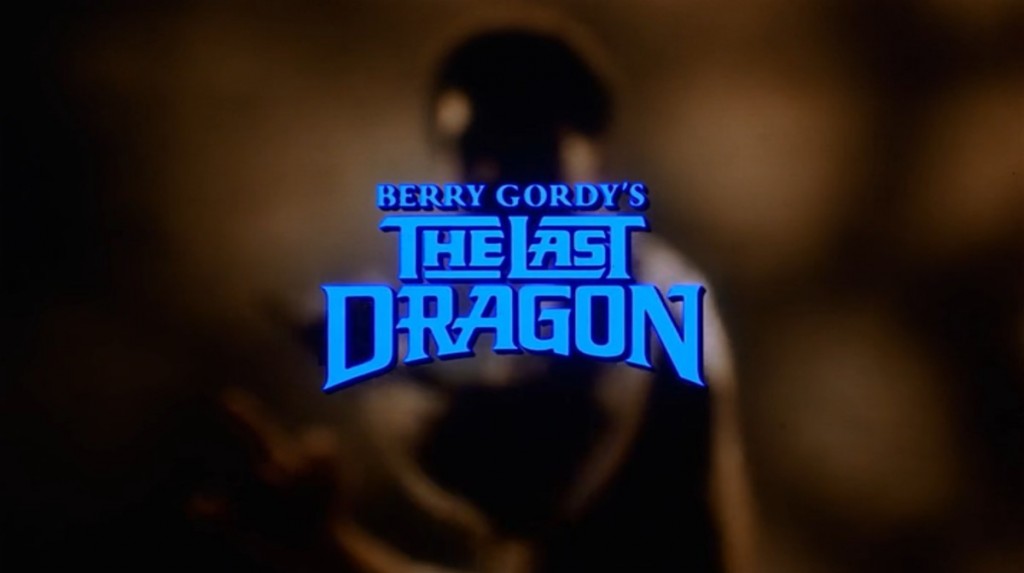
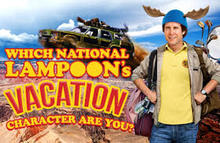 I wonder if there’s still a distinction to be made between holidays and vacations?* Back before “holy day” became “holiday” was there even such a thing as a vacation? Or were holy days really enforced vacations, in the sense that for some of them at least no work was allowed? Would that make the Sabbath a vacation as well as a holy day? Hmmm.
I wonder if there’s still a distinction to be made between holidays and vacations?* Back before “holy day” became “holiday” was there even such a thing as a vacation? Or were holy days really enforced vacations, in the sense that for some of them at least no work was allowed? Would that make the Sabbath a vacation as well as a holy day? Hmmm.